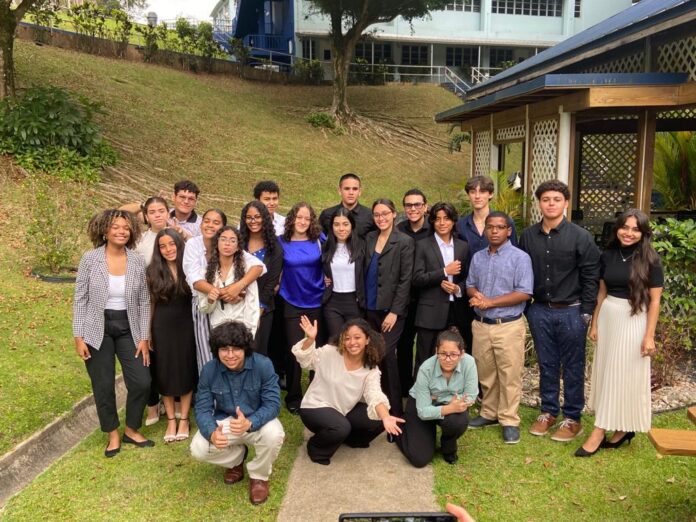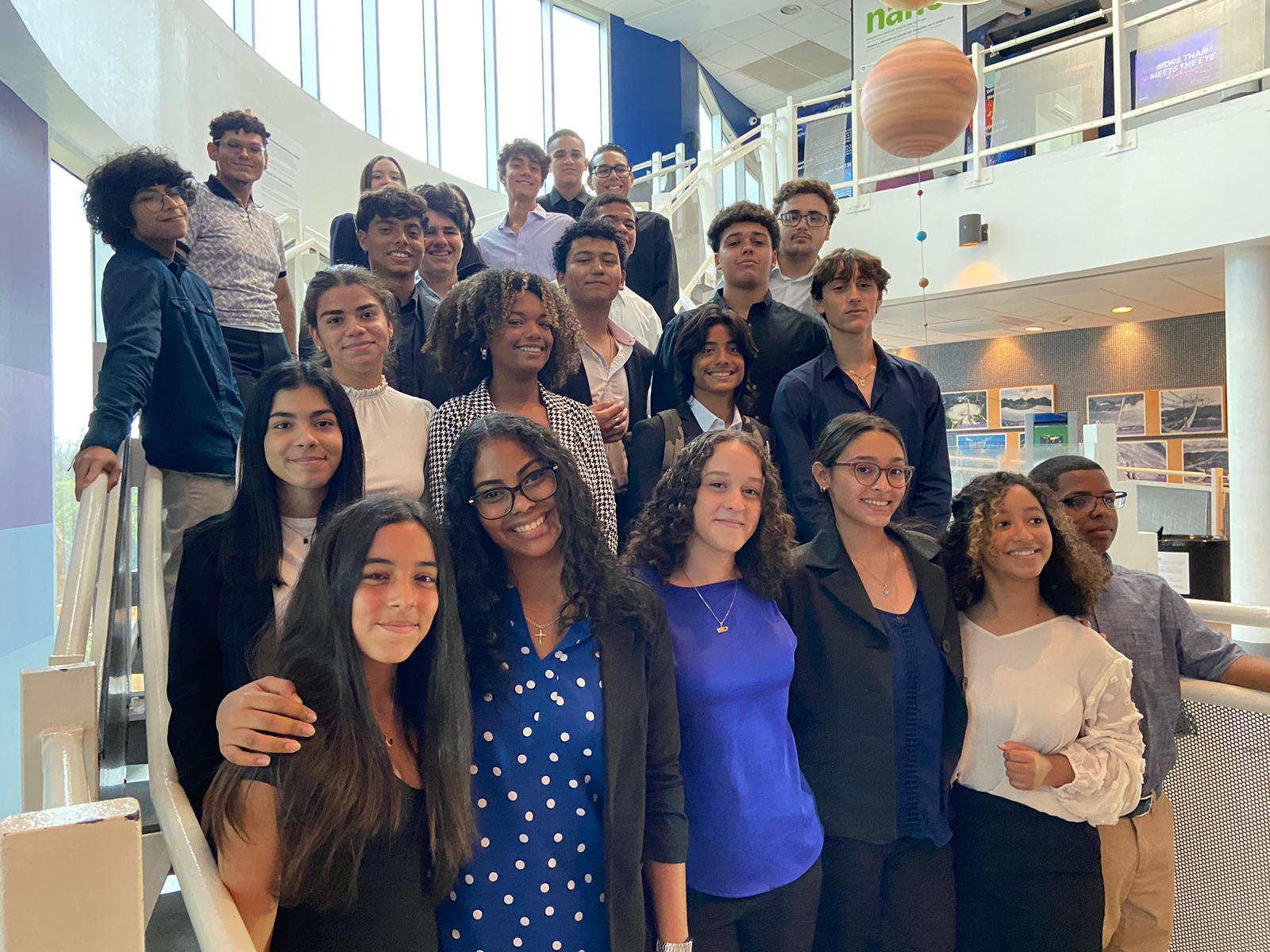
After an academic trip lasting 16 weeks, about thirty students presented their final dissertation to a packed audience at the Arecibo Laboratory. Youth and high school students from various parts of the island shared the results of their research on everything from satellite development to the health of astronauts aboard the International Space Station.
“Training young people and equipping them with the tools they need to become scientists and researchers is the core mission of STAR Academy. It testifies in every project that the students have strengthened their skills by using the scientific method, critical thinking, etc.,” said Yasmin Santiago Serrano, Associate Director of the Arecibo Laboratory. „This experience allows participants to learn more about the research process before university education and shows how the Arecibo Laboratory contributes to the education of the country” says Santiago.
Each presentation was based on research conducted by six groups of students in grades nine through twelve. They were tasked with researching a topic of their choice based on the fields of Science, Technology, Engineering and Mathematics (STEM, its acronym in English).

Some of the innovative topics presented include developing hearing aids to protect the auditory system of astronauts, using technology to inject nanorobots into the bloodstream to monitor the health of astronauts aboard the space station. These included the development of satellites to study exoplanets, a comparison of the northern lights on Mars and Jupiter, the study of the development of star clusters, and the development of technology to convert Martian gases into energy. .
Tenth grader Eliezer Molina Otero described his participation in STAR Academy as „priceless.” Molina Otero added: „I was able to connect with young people who share my interests in space, engineering and mathematics. It was a challenge because I learned for the first time many of the things they taught me. This opportunity I hope to continue my studies in the fields of engineering and physics in the future.” It will open doors for me and other students should participate in such programs and gain new knowledge and benefit,” the youth said.
For his part, Associate Director Santiago said: “Students had the opportunity to spend a weekend inside the observatory overnight. During their stay they attended talks, workshops and a night vigil. Also, they learned about the facilities of the observation center and its activities. This experience is a unique opportunity to contribute to their educational future.
Next Saturday, May 20, the students will conclude their graduation day in a private ceremony on the grounds of the Arecibo Laboratory. STAR Academy arose as part of a project initially submitted to NASA and this semester received funding from the Angel Ramos Foundation. STAR Academy is administered by Ana G. Méndez University, under a joint agreement with the University of Central Florida and Yang Enterprises, Inc. For more information on STAR Academy, please visit the website. www.areciboobservatory.org/stars Or Facebook page: The Arecibo Observatory.

